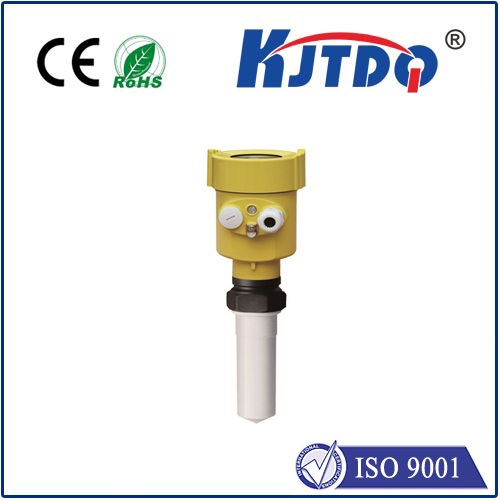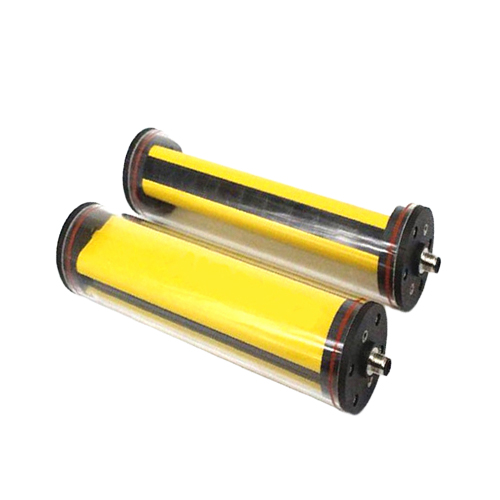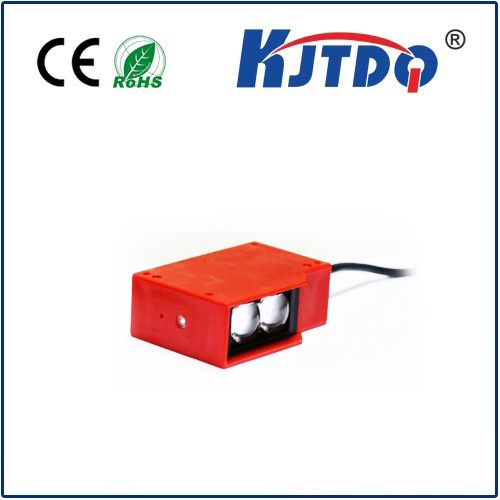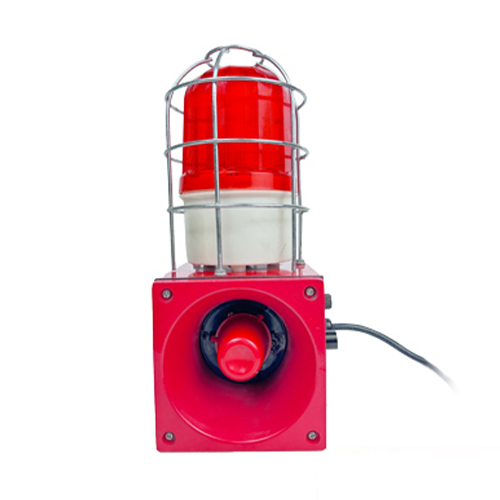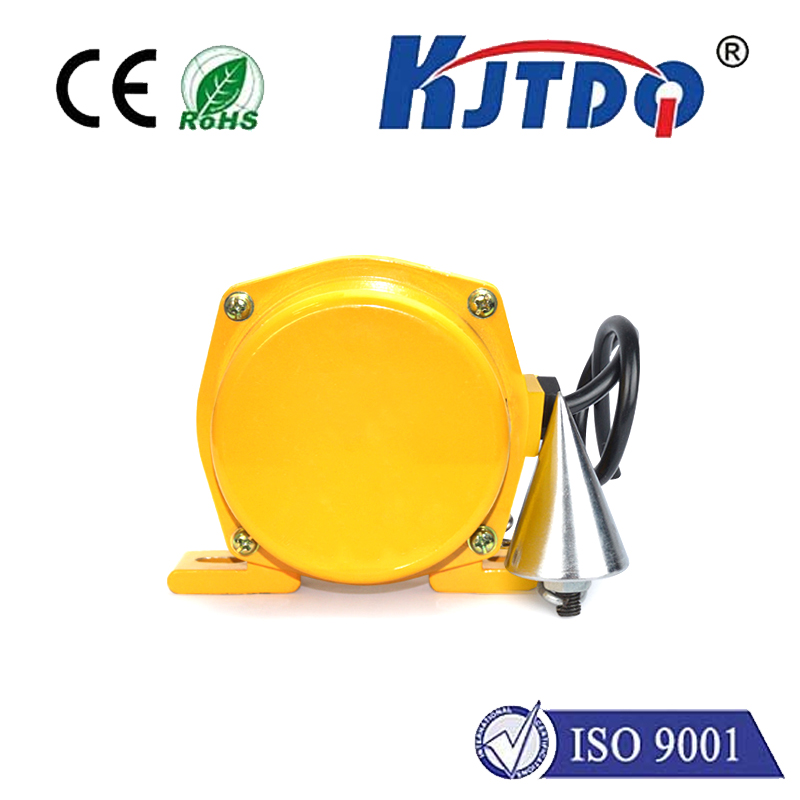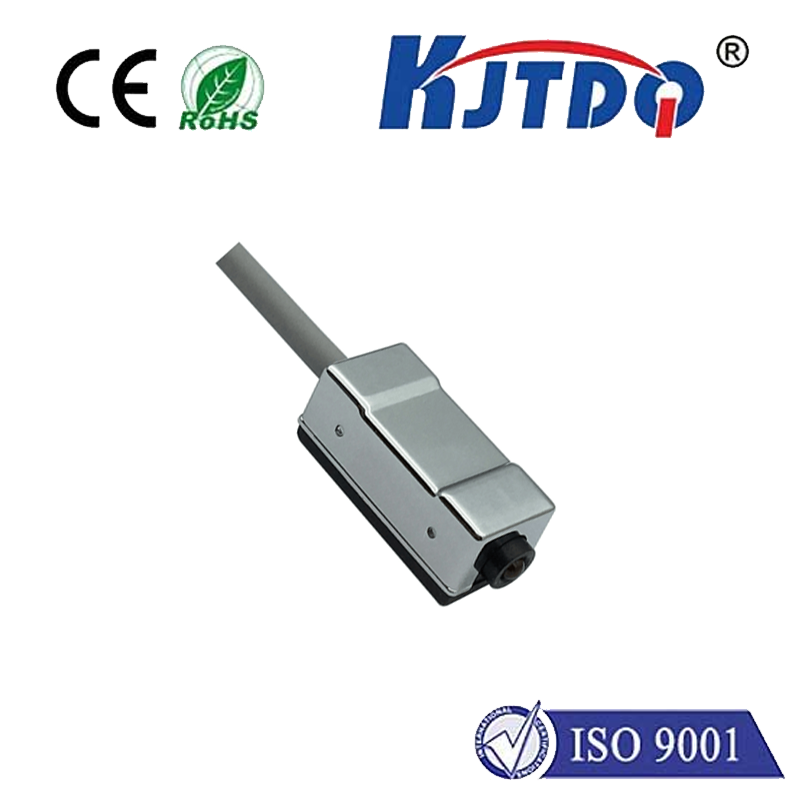laser optical sensor
- time:2025-09-12 04:40:19
- Click:0
Unlocking Precision: How Laser Optical Sensors Transform Modern Technology
Imagine a beam of focused light, invisible to the eye, capable of measuring distances with microscopic accuracy, detecting objects moving at incredible speeds, or mapping complex environments in intricate detail. This is the power harnessed by laser optical sensors, a cornerstone technology driving innovation across countless industries. Far more than simple light beams, these sophisticated devices translate the properties of laser light into precise, reliable digital data, enabling machines to perceive and interact with the world in ways previously impossible.
Beyond Simple Light: The Core Principle
At their essence, laser optical sensors operate by utilizing a laser diode to emit a highly focused, coherent beam of light. This light interacts with a target object – it might be reflected, scattered, absorbed, or modulated. A sensitive photodetector, often a photodiode or array, captures this altered light. Sophisticated electronics then analyze the characteristics of the returning light compared to the emitted beam. Key properties analyzed include:
- Time-of-Flight (ToF): Measuring the time delay between emission and reception of the light pulse to calculate distance. This is fundamental in LiDAR (Light Detection and Ranging) systems.
- Triangulation: Using the known angle between the emitted laser and the receiving detector to calculate distance based on the position where the reflected beam hits the detector. Excellent for precise proximity and displacement measurements.
- Phase Shift: Analyzing the shift in the phase of modulated laser light reflected from a target to determine distance or vibration.
- Intensity: Measuring changes in the strength of the reflected light beam, useful for presence detection, contrast recognition (like in barcode scanners), or surface defect identification.
- Doppler Shift: Detecting the change in frequency of light reflected from a moving object to measure velocity.
The Engine Room: Key Components

The precision of a laser optical sensor relies on its core components working in concert:
- Laser Diode: Generates the coherent, monochromatic light beam. Common types include visible red lasers and near-infrared (NIR) lasers.
- Optics (Lenses/Mirrors): Shapes, focuses, and directs the laser beam towards the target and collects the returning light efficiently onto the detector.
- Photodetector: Converts incoming light photons into an electrical signal. High sensitivity and speed are critical.
- Signal Processing Electronics: The “brain” of the sensor. This complex circuitry filters noise, amplifies the signal, applies algorithms (based on ToF, triangulation, phase shift, etc.), and converts the raw optical data into usable digital outputs (distance, speed, presence, profile).
- Housing & Interface: Protects delicate components and provides the physical/electrical interface (e.g., digital I/O, analog output, industrial bus protocols like IO-Link) to external systems.
Where Precision Meets Application: Real-World Impact
The unique capabilities of laser sensor technology make it indispensable in diverse fields:
- Industrial Automation & Manufacturing: Precision positioning of robotic arms, non-contact measurement of parts on assembly lines for quality control, thickness gauging of materials (paper, metal, glass), object detection and counting on high-speed conveyors, fill level monitoring in tanks and containers, weld seam tracking.
- Autonomous Vehicles & ADAS: LiDAR systems, a specialized form of laser optical sensor, are critical for creating high-resolution 3D maps of the surrounding environment, enabling obstacle detection, collision avoidance, and self-navigation for cars, drones, and robots.
- Consumer Electronics: Compact laser sensors provide autofocus capabilities in smartphones and DSLR cameras, enable gesture recognition in devices, and power facial recognition systems.
- Metrology & Quality Control: Ultra-high-precision measurements for surface profiling, roughness analysis, and dimensional inspection in aerospace, automotive, and semiconductor manufacturing.
- Medical & Scientific: Used in diagnostic instruments, blood analysis, DNA sequencing equipment, microscopy, and research applications requiring nanometer-level accuracy.
- Logistics & Warehousing: Barcode and QR code scanning (using visible laser diodes), pallet dimensioning, automated guided vehicle (AGV) navigation.
- Building & Construction: Laser distance meters for surveying, leveling instruments, and structural monitoring systems.
The Compelling Advantages: Why Laser Optical Sensors Rule
Laser optical sensors offer distinct benefits over other sensing technologies:
- Exceptional Precision and Accuracy: Capable of micrometer or even nanometer resolution, making them ideal for demanding metrology tasks.
- Non-Contact Operation: Measures without touching the target, eliminating wear and tear and enabling measurement of delicate, hot, or moving objects.
- High Speed: Laser light travels incredibly fast, enabling measurements at kilohertz rates, perfect for high-speed production lines or dynamic environments.
- Long Sensing Ranges: Depending on the design and power, they can measure distances from millimeters up to several kilometers (as in topographic LiDAR).
- Small Spot Size / High Resolution: The focused laser beam allows for precise targeting and measurement of very small features or objects.
- Robustness: Modern designs offer good resistance to ambient light interference (especially with modulation techniques) and can be housed for operation in harsh industrial environments (dust, vibration).
Considering the Nuances: Limitations and Choices
While incredibly powerful, laser optical sensors have considerations:
- Cost: Typically more expensive than simpler photoelectric or ultrasonic sensors, though costs are decreasing.
- Complexity: Setup and calibration can be more involved than for basic sensors.
- Environmental Factors: Performance can be affected by extreme conditions like heavy fog, smoke, dust, or highly reflective/absorbent surfaces. Careful selection for the specific environment is key. Safety around higher-power lasers also requires adherence to regulations (laser classes).
- Target Dependency: Performance can vary based on the target’s color, reflectivity, and surface texture. Some sensors offer compensation algorithms.
The Future Beckons: Miniaturization, Integration & Intelligence
The evolution of laser optical sensing is rapid. Key trends include the relentless miniaturization of components, enabling integration into smaller devices like wearables and micro-robots. Cost reduction, particularly for high-performance LiDAR, is unlocking wider adoption in automotive and consumer markets. Increased intelligence at the sensor level (edge computing) allows for more sophisticated data filtering and decision-making locally. The development of new laser sources, like VCSELs (Vertical-Cavity Surface-Emitting Lasers), offers advantages in cost, integration, and reliability for specific applications. Solid-state LiDAR designs without moving parts are enhancing durability for automotive use. These advancements promise even greater precision, robustness, and accessibility, further embedding laser optical sensors as the eyes of our increasingly automated and data-driven world. From the factory floor to the open road and beyond, their focused beam of light illuminates the path forward for technological progress.







